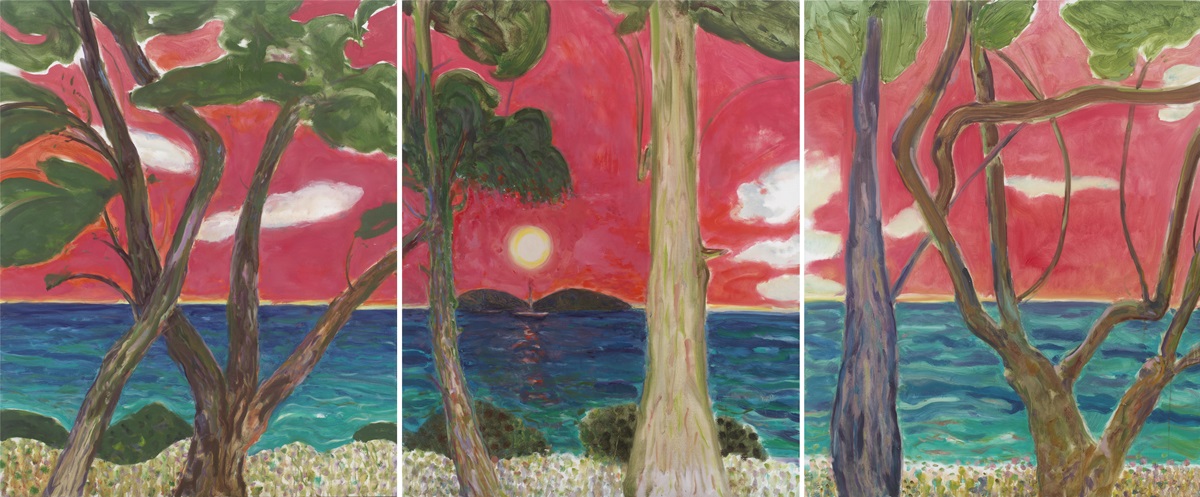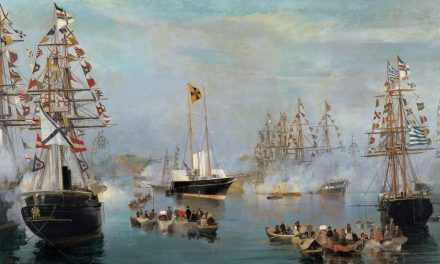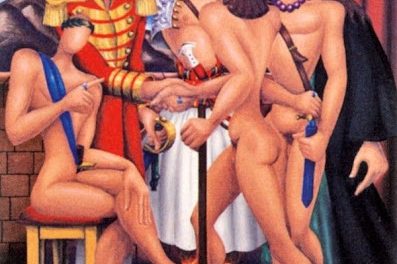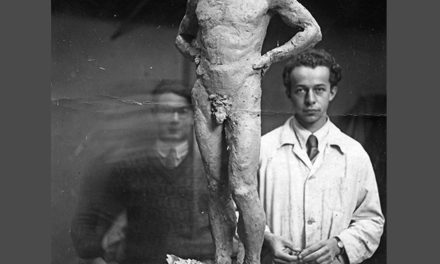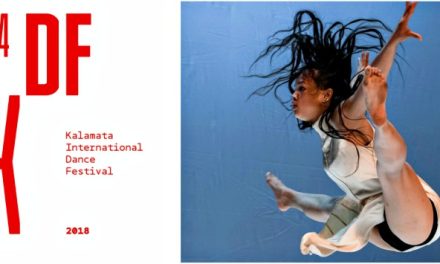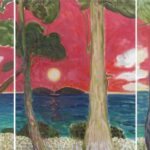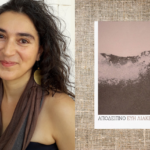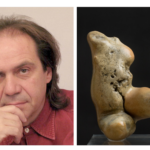Painter George Hadoulis presents his new solo exhibition New Landscapes at Skoufa Gallery. Comprising a series of twenty new works he has created over the past three years, Hadoulis shares with us familiar landscapes conveying personal memories.
Each brushstroke captures the beauty of nature as he navigates through landscapes, seasons, and the harmony of nature. His paintings are a dynamic interplay of energy and emotion, blending bold colors with nuanced tones. His captivating compositions reflect the ever-changing beauty of nature and invite viewers to engage in moments of serene contemplation.
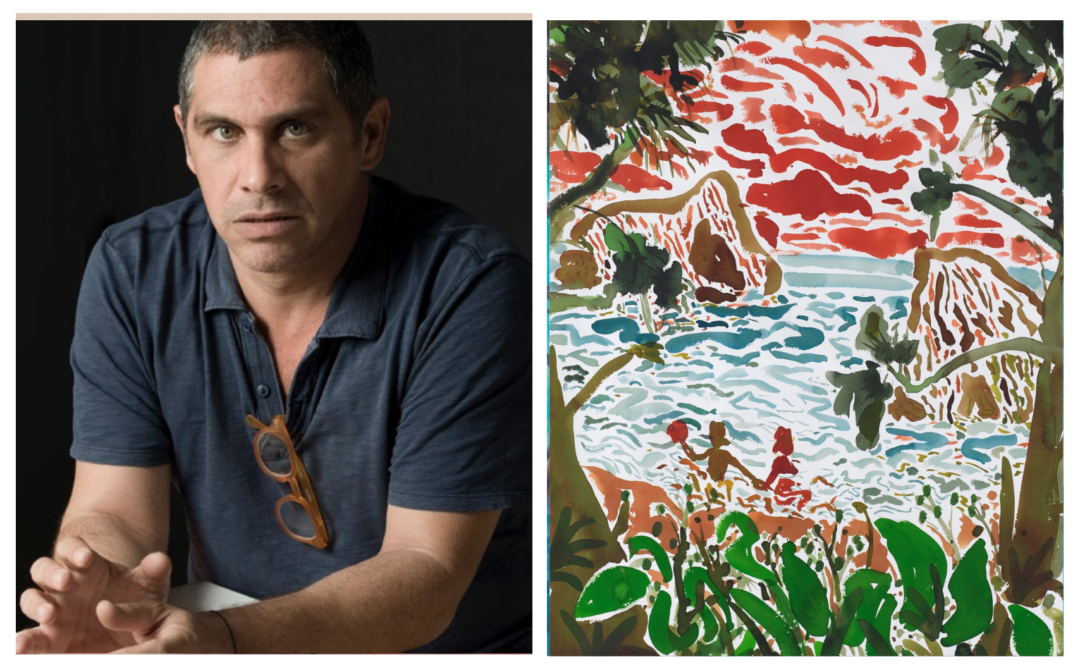
George Hadoulis studied painting at the École des Beaux-Arts in Paris where he lived for almost ten years. Since then he has exhibited his work regularly in Greece and abroad. Using bold colors, George Hadoulis’ work glorifies what it means to be alive. His works can be found in museums such as the National Gallery of Athens and the Basil & Elise Goulandris Foundation, as well as in important public and private collections.
George Hadoulis* talked to Greek News Agenda about the key elements of his art and what it means to be alive.
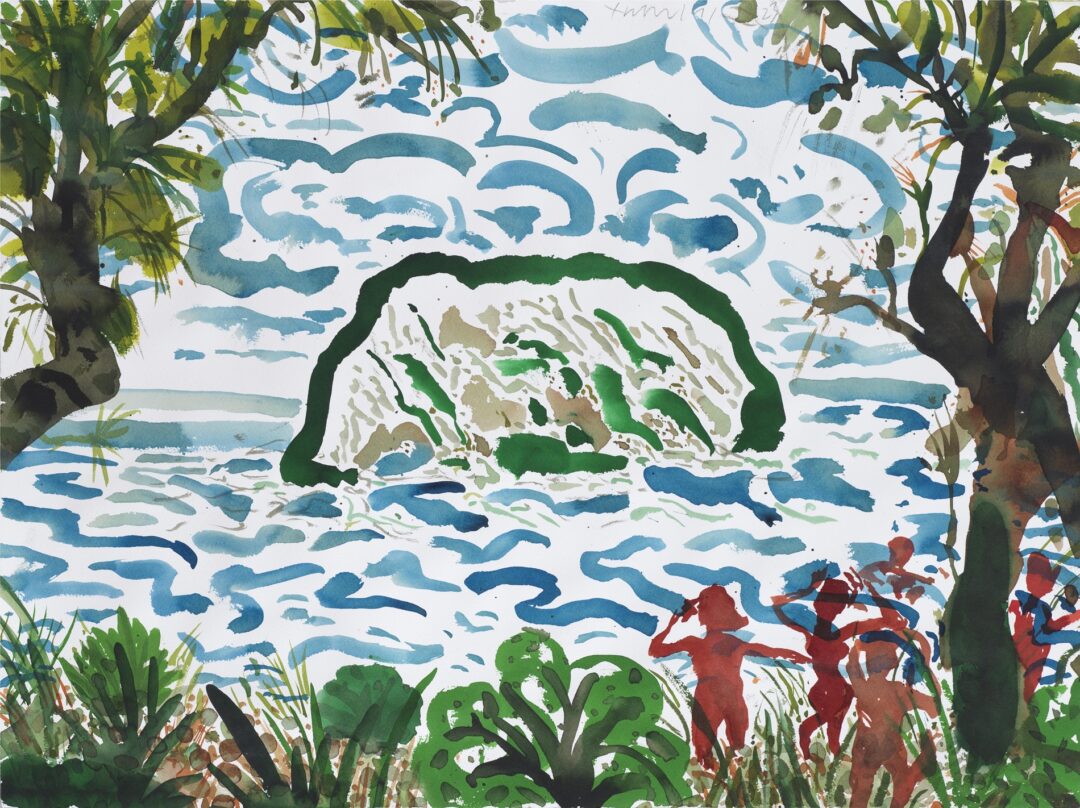
Οbservation, imagination, memory; which one mostly defines your art?
Memory and imagination are the past and the future. Observation, on the other hand, is the basic element of the present. And the present means that I am alive.
Serenity, positive energy, and freedom are key characteristics of your paintings. Is this your attitude towards life?
Serenity is a state of mind. I am not interested in it as an ultimate goal. I am not a spirit. I am a person who loves life. I love to taste every aspect of it, to enjoy it. So, in that sense, freedom is very important to me.
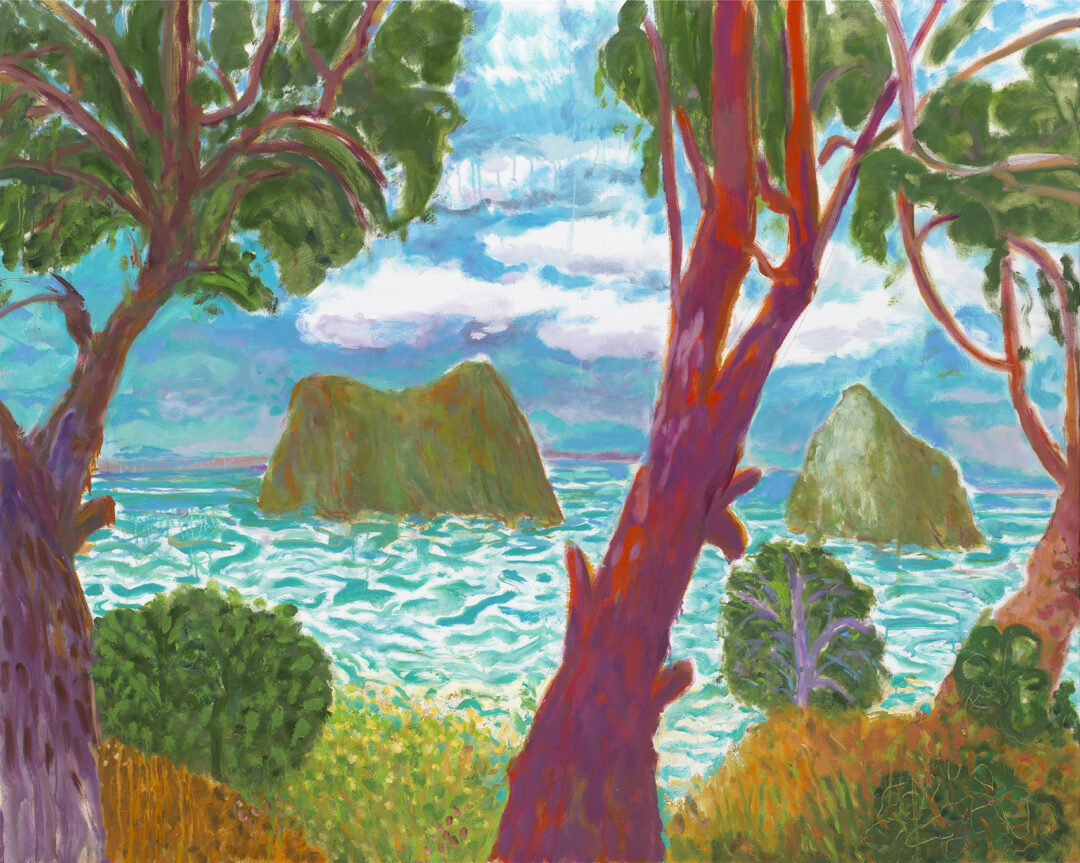
Do you feel the need to be close to nature? How does it influence you as an artist?
Everything is nature. Humans are part of nature. I only paint things that I know well, that I am part of. I observe them with interest because they are important to me. Beauty is everywhere as long as you have eyes to see.
Your ceramics are beautiful. How did you get involved with this form of art? What is the main difference between them and canvas?
It happened by chance, I would say, just like most things. A friend of mine asked me to paint plates for him. We found an old ceramist in Maroussi and since then I haven’t stopped drawing them. I love it. It encourages you to paint in a different way that is simpler and clearer. It is very rewarding. I also like them because they are everyday, tangible, utilitarian objects. This is probably what draws people to them. Each person has his own sensibilities. I would not use general terms to describe the public.
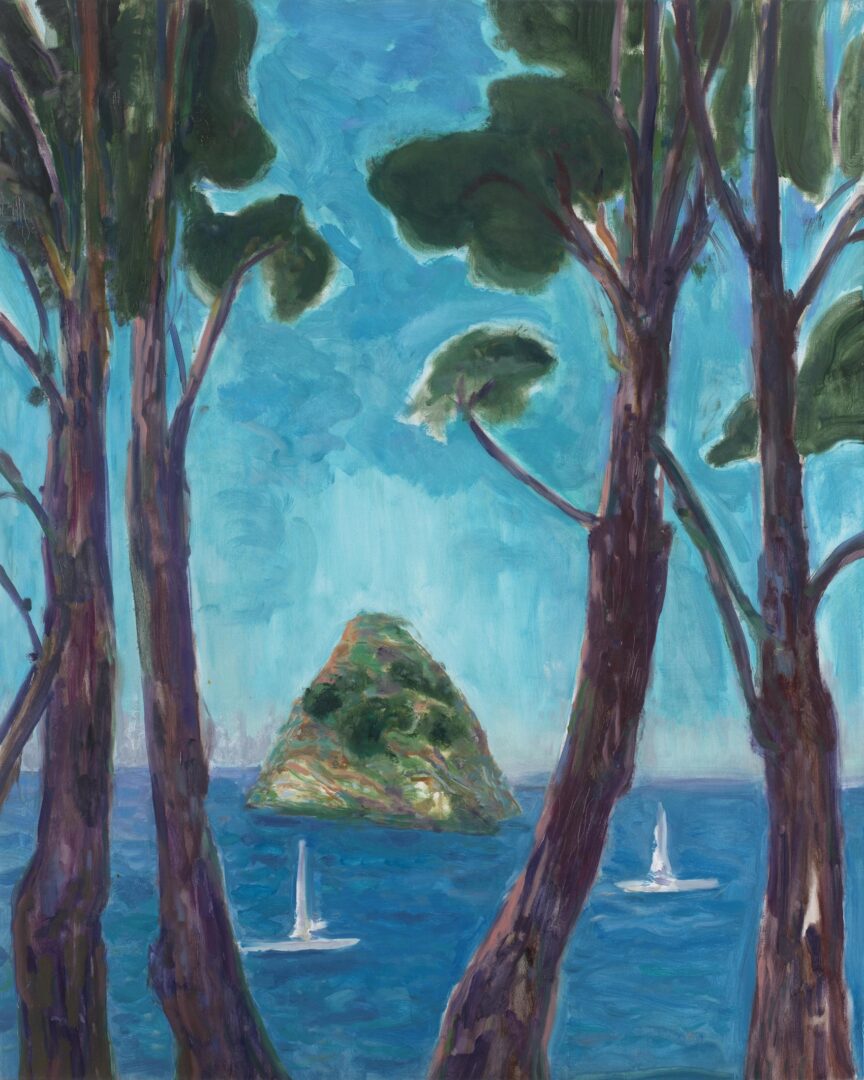
How do Greeks respond to art? Is it addressed to a few or many in the end?
Art is for everyone, not just for a few. It’s not a question of understanding. You don’t make music just for you and your friends.
*Interview by Dora Trogadi (Intro image: January Moon)
TAGS: ARTS

